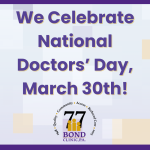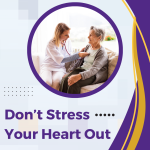Prevention and Treatment of Youth Sport Injuries
an Online Resource
Signs and symptoms of a concussion are amnesia, confusion, disorientation, easily distracted, excessive drowsiness, feeling “foggy”, impaired consciousness, inappropriate behaviors, poor concentration or attention, seeing stars or flashing lights, slow to answer questions, ataxia or loss of balance, blurry vision, decreased ability, dizziness, double vision, fatigue, headache, lightheadedness, nausea, poor coordination, ringing in the ears, seizures, slurred speech, vacant stare, vertigo, emotional liability, irritability, low frustration tolerance, personality changes, nervousness, and sadness. If any or multiple of the preceding symptoms occur a concussion should be suspected and treated as a full concussion. Symptoms may spontaneously subside, but this does not mean the concussion is completely healed. There are some standard exercises used to provoke the athlete. The athlete should be able to run a 40 yard sprint, perform 5 push-ups, 5 sit-ups, and 5 jumping jacks. If the athlete can perform these activities without any signs or symptoms then they may begin return to play regimen after 24 hours given that they have been cleared by a neurologist or other health care professional. The return to play regimen is 24 hours for each step; no activity, light activity, sport exercise, non contact drills, full contact training, and finally return to sport. All steps must be completed entirely sign and symptom free. If there is any sign or symptom of concussion then the process should be reverted to the previous asymptomatic step and continued on from there.
 Treating you well since 1948
Treating you well since 1948 


